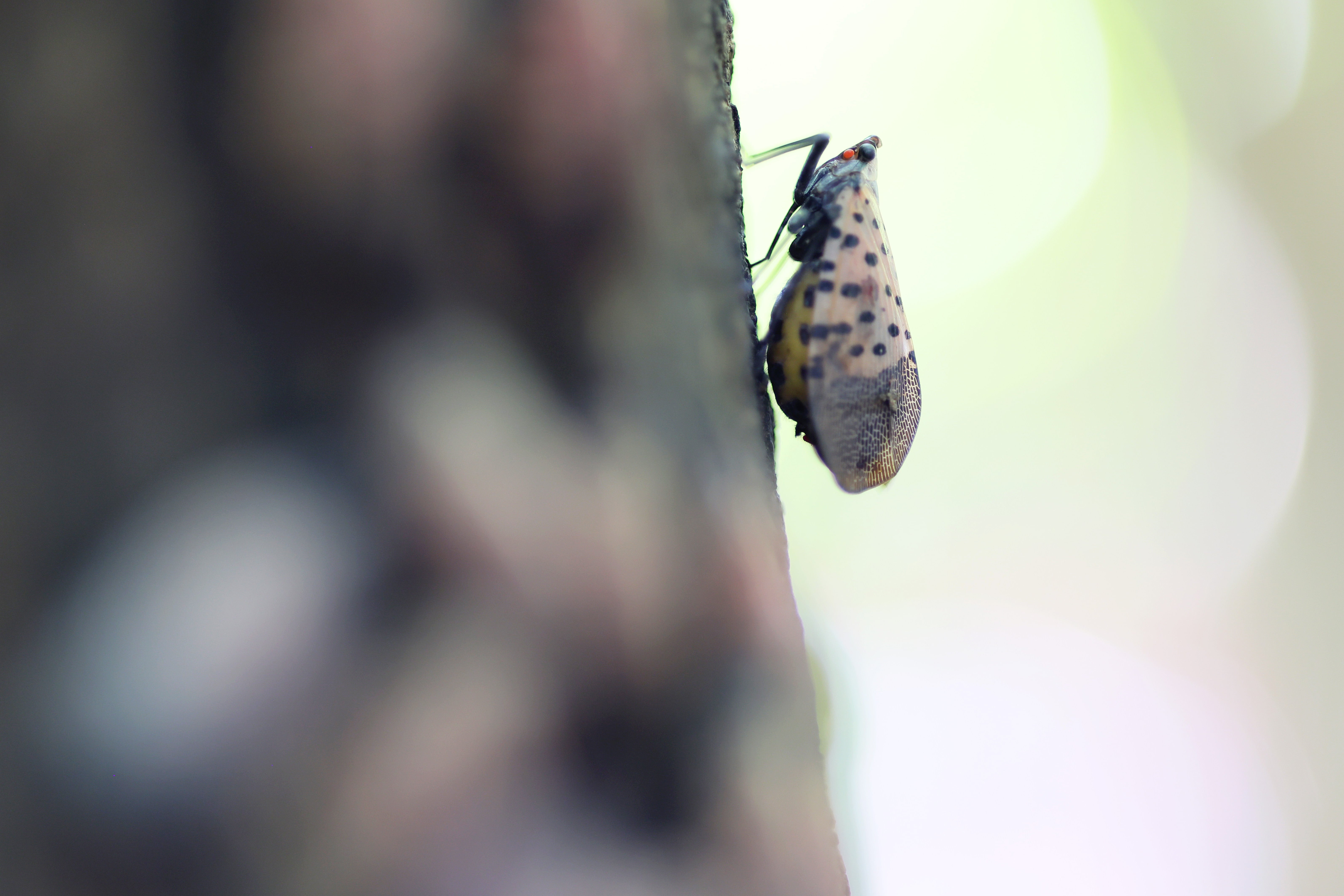The East Coast saw such a huge swarm of spotted lanternflies on Thursday that they began to appear on weather radar, resembling a mid-Atlantic stormfront despite no rain being forecast.
The six-legged bugs, which are native to China, Vietnam and other South East Asian nations, were reported in large numbers in D.C., Pennsylvania, Maryland and Virginia.
One person hoping to catch a flight to Boston took to social media to complain that they were “everywhere and crawling on luggage” at Washington’s Dulles International Airport.
Another person joked there were “more dead lanternflies than fans” at the Long Island Ducks game he attended on Thursday, posting a picture of a largely empty baseball stadium to prove his point.
The species is considerably highly invasive and a threat to crops. It is able to spread so prolifically because it can lay eggs in a wide variety of habitats and because lanternflies can surf on air currents as high as 3,000 feet.
Meteorologist Matthew Cappucci explained in The Washington Post that forecasters could be sure the radar phenomenon was being caused by the insects and not normal weather conditions because of three of the technology’s attributes: its reflectivity mode, its correlation coefficient and its capacity for measuring velocity.
The first measures the amount of clutter in the atmosphere, which on Thursday resembled a “moderate rainstorm,” although no precipitation was expected.
The second gives an idea of the shape of the clutter found in the air, birds, bats and bugs register as “spiky and jagged” shapes on radar screens, whereas raindrops are smooth.

The third records how fast and in which direction atmospheric objects are travelling. Those appearing on monitors on Thursday were “moving southward but were also being blown a bit to the east,” Cappucci wrote, indicating they could both move of their own accord while also being light enough to be blown off course by gentle winds, all of which pointed to a spotted lanterfly swarm.
The phenomenon is rare but not unheard of. Enough cicadas descended on the nation’s capital in summer 2021 that they began to register on radar, according to the Post, and a cold front of butterflies appeared on screens around Oklahoma in October 2019.
Maryland’s Department of Natural Resources issued its advice on fall lanterfly infestations last week, warning the public that “methods to kill or stop the spread of these insects should not come at the cost of the ecosystem we’re trying to protect” noting that some bug sprays can be harmful to other wildlife.
Instead, the state DNR advised purchasing or making circle traps made of netting to be hung from trees to ensnare them. It also cautioned against squashing blameless “lookalike” insects like leopard and tiger moths and milkweed bugs.







